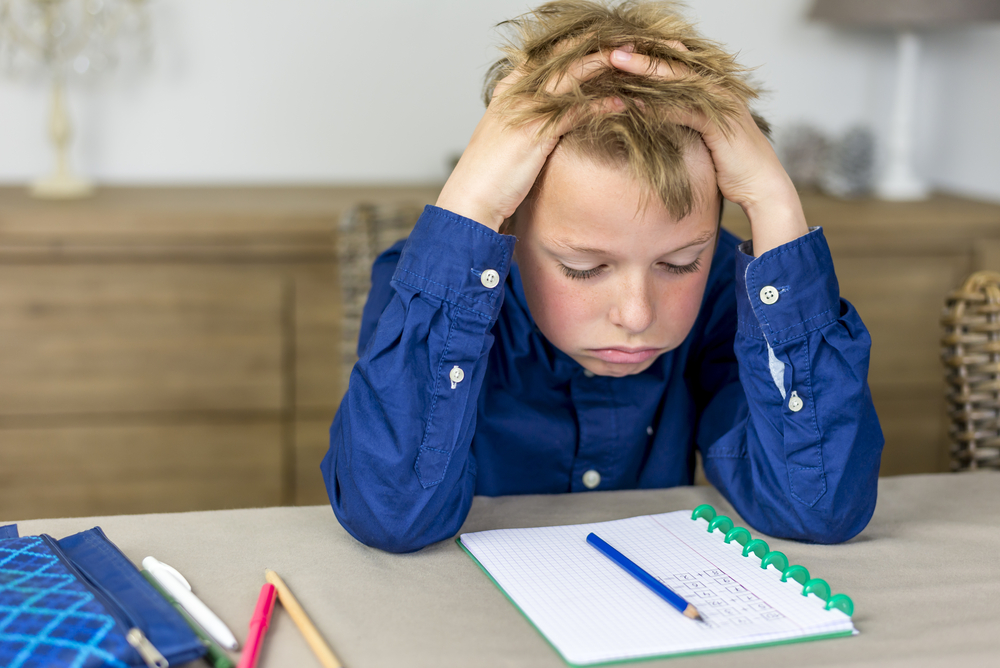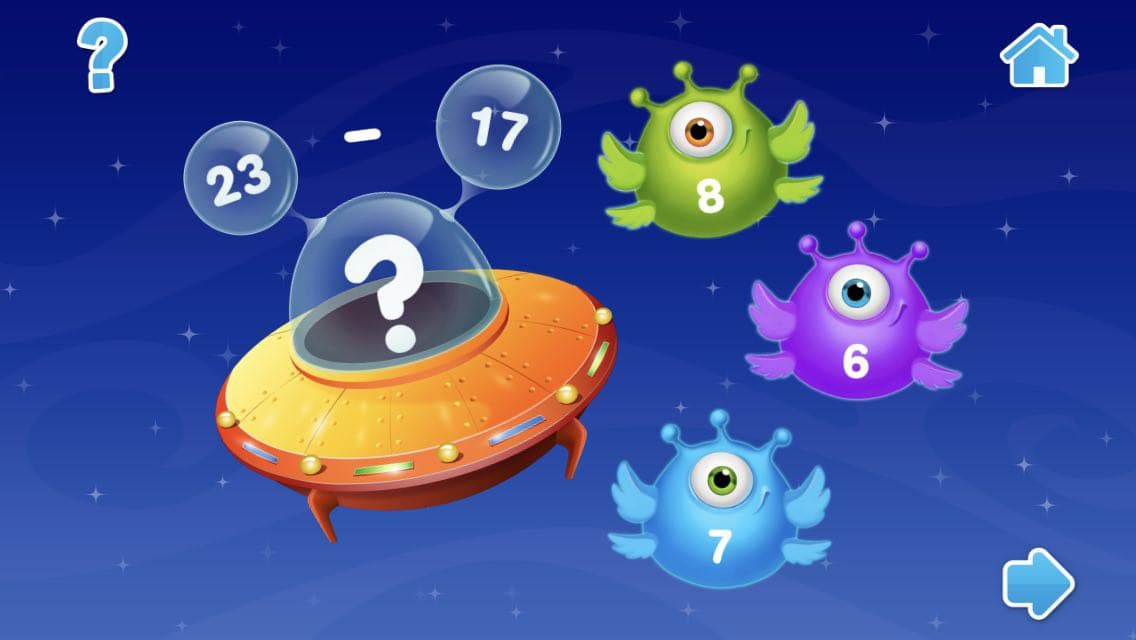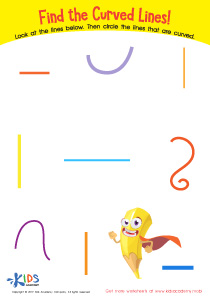Letter-sound correlation Alphabet Worksheets for Ages 3-7
7 filtered results
-
From - To
Discover our Letter-Sound Correlation Alphabet Worksheets designed for ages 3-7 at Kids Academy. These printable worksheets help young learners build a strong foundation in reading by connecting letters with their corresponding sounds. Engaging activities and colorful designs make learning fun for preschool and early-grade children. Each worksheet is tailored to enhance phonetic awareness, improving pronunciation and reading fluency. Ideal for homeschooling or classroom settings, our expert-crafted resources support early literacy development with interactive and effective exercises. Start your child’s reading journey today with our comprehensive and easy-to-use alphabet worksheets.


Beginning Sounds Assessment Printable


Letter A Sounds Worksheet


Letter Sounds: J Printable Worksheet


Letter U Sounds Worksheet


Letter T Sounds Worksheet


The SH Digraph Worksheet


Matching Consonant Sounds: Part 1 Worksheet
Word count: 206 words
Understanding letter-sound correlations, often referred to as phonics, is crucial for children aged 3-7 as it lays the foundation for reading and writing skills. At this developmental stage, young learners are highly receptive, and grasping the relationship between letters and their corresponding sounds is a fundamental step in learning to read effectively.
Phonics helps children decode words by breaking them down into their individual sounds, allowing for more accurate reading. For example, understanding that the letter 'b' makes the /b/ sound helps children sound out words like "bat," "ball," and "big." This skill is essential for developing strong reading abilities, which are critical for academic success across all subjects.
Additionally, early exposure to letter-sound correlations can enhance a child’s vocabulary and comprehension skills. It aids in spelling accuracy and writing fluency, enabling children to express their thoughts more effectively through text.
Furthermore, mastering phonics boosts a child's confidence. As they recognize patterns in letters and sounds, they become more independent readers, fostering a love for learning and literature from an early age.
For parents and teachers, investing time in teaching letter-sound correlations equips children with the tools they need for lifelong literacy and academic success. It's a foundational skillset that supports future learning milestones and ensures that children are well-prepared for the more complex aspects of language arts and other educational endeavors.

 Assign to My Students
Assign to My Students



















